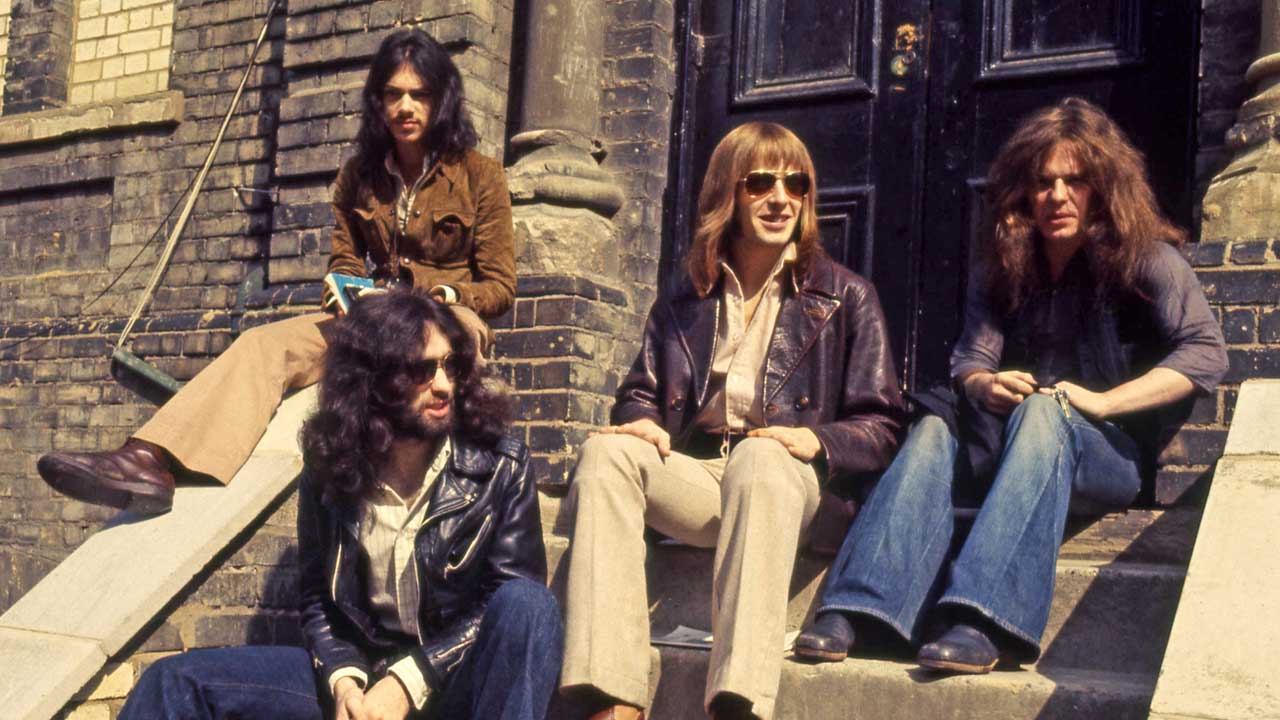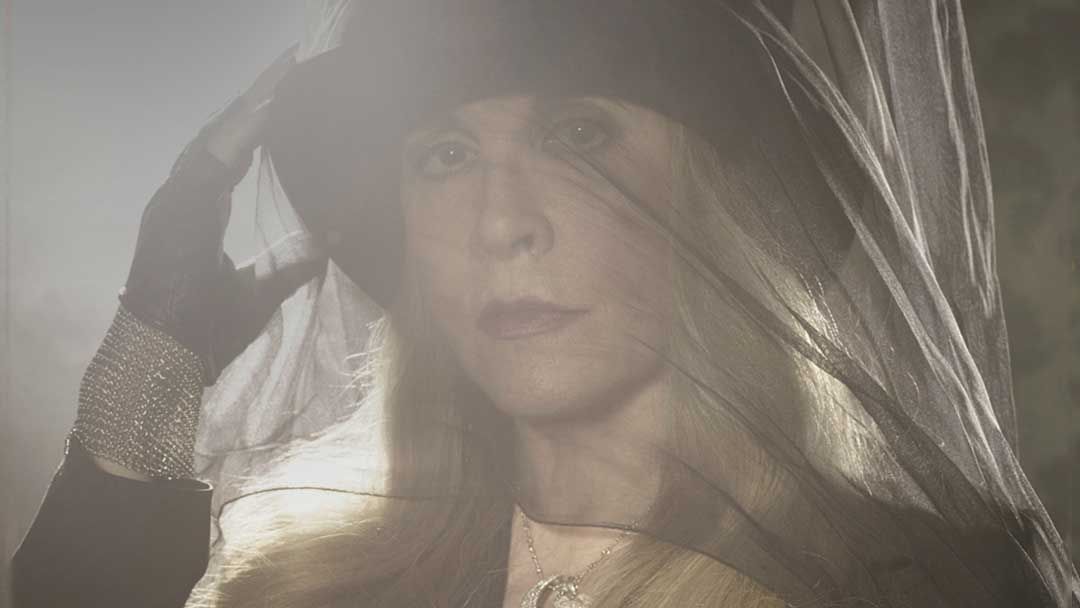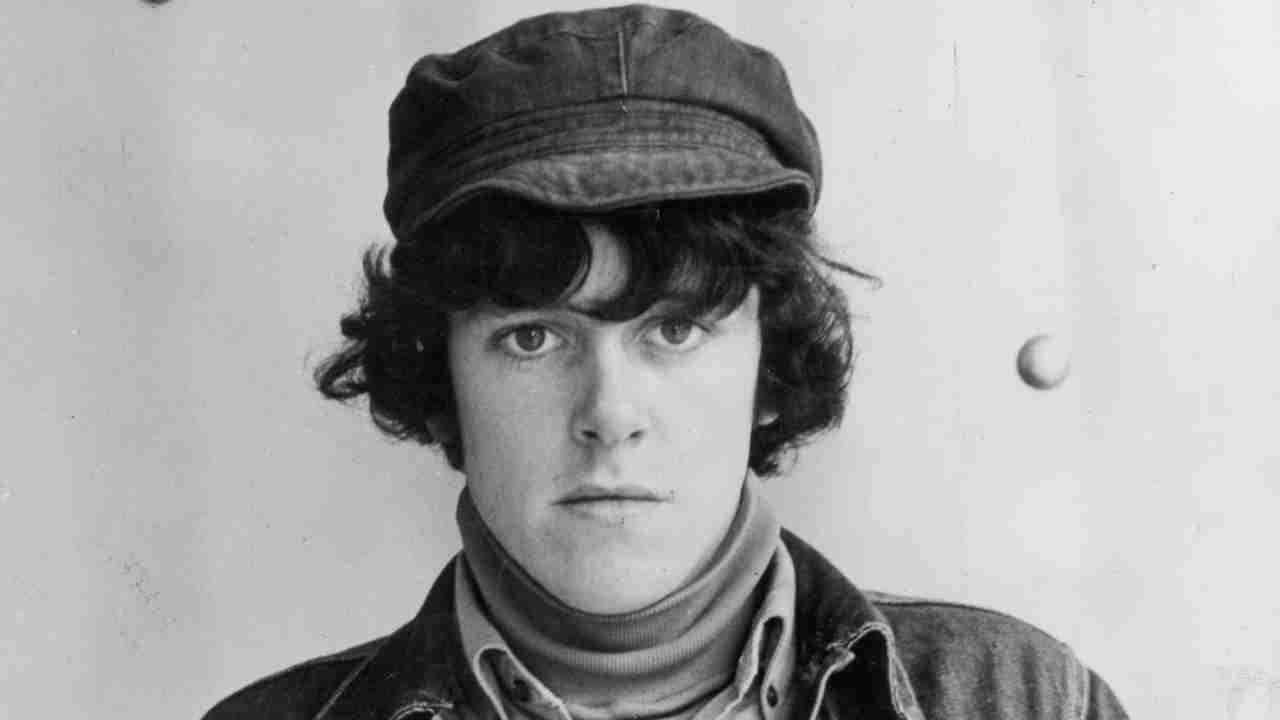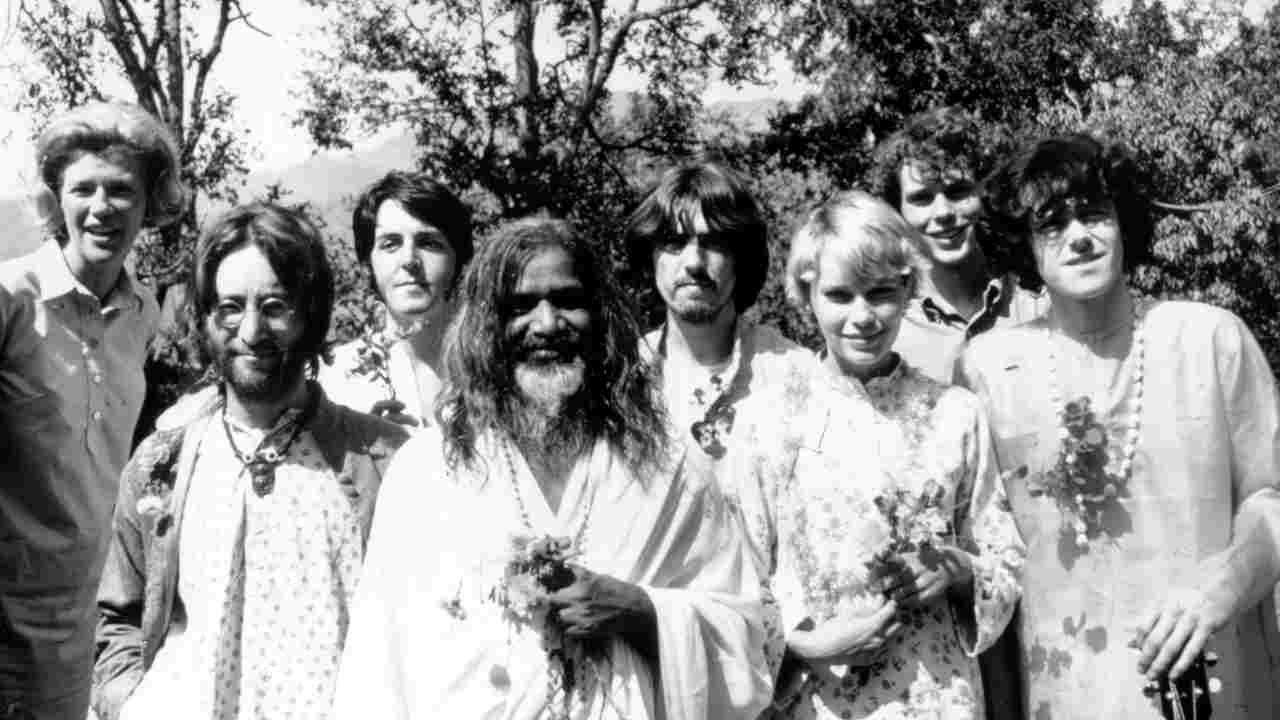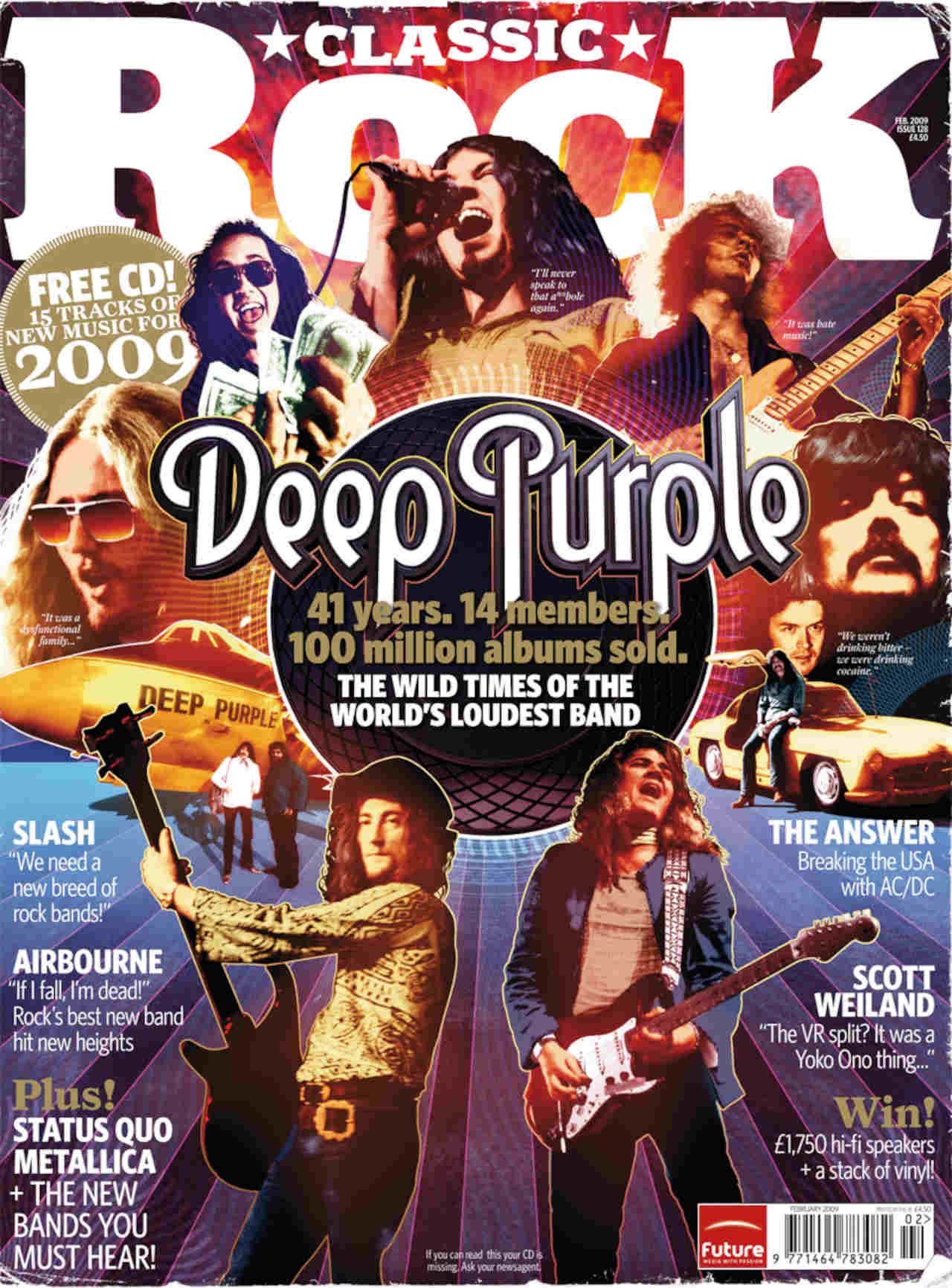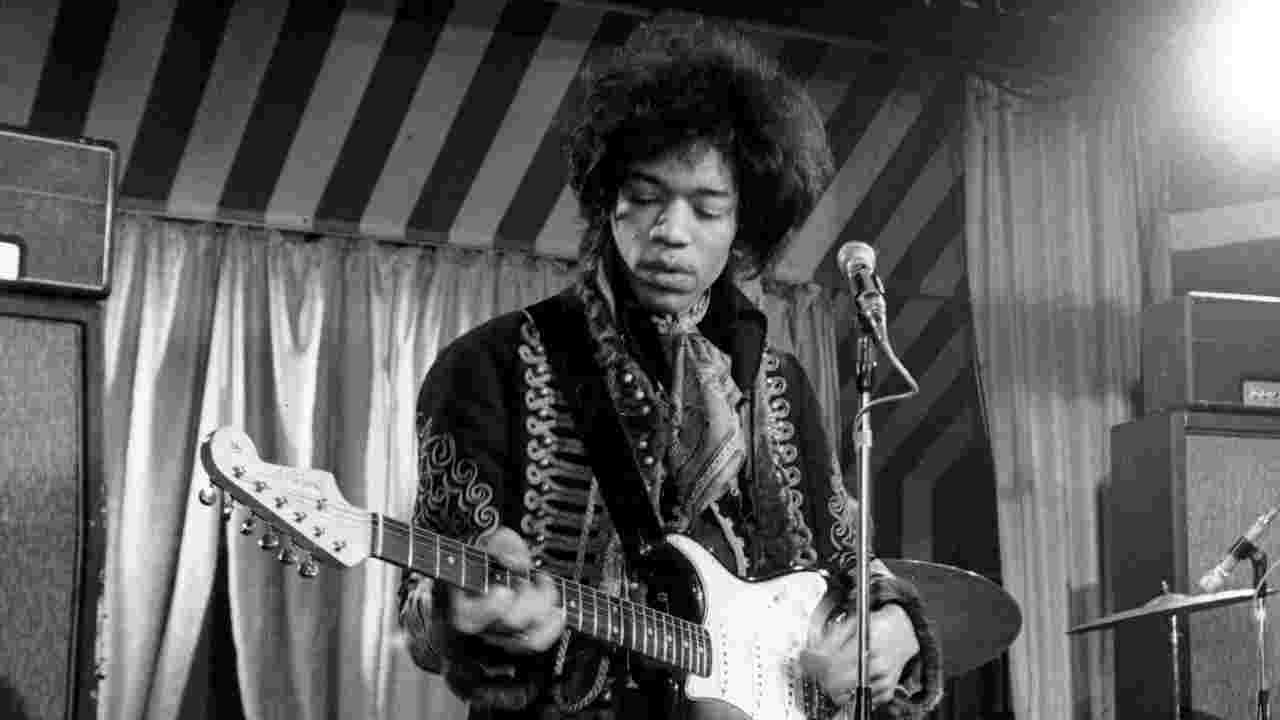“What angle have we missed on this? Ah yeah, getting some other ****er to sing it!”: the 10 best Manics songs featuring a guest singer (and the odd bassist and guitarist)
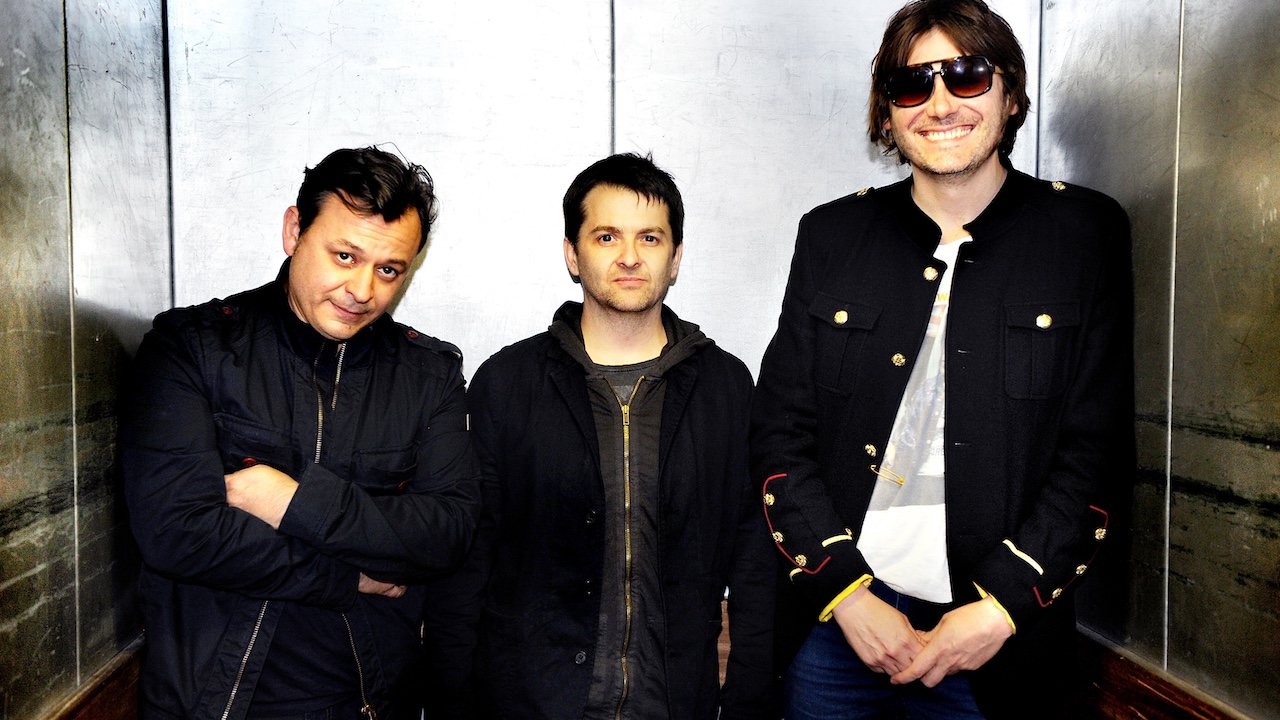
For a band who came across as an impenetrable gang for their first few years, the Manics have dished out a surprising number of visitor passes over the course of their career. As singer and guitarist James Dean Bradfield said to this writer recently, the number of Manics songs featuring a guest has now reached the stage where they could even do a specially-themed gig. “Nick was saying that we could do a whole concert based on our duets,” he said. “We’ve done the set list, it looks amazing!”
One reason that the band like welcoming other artists into the fold, Bradfield explained, is that they have been together for so long. Their dynamic is well established so it’s good to mix things up now and then. “I’m the singing guitarist in the band, the audience has been listening my voice for 15 albums,” he said. “You realise that when somebody else sings, if you get two people to sing the same song, it can be a remarkably different result. A different singer does sometimes give new life to a song more often than not. That’s why we’ve always done it, because we’ve been together so long and sometimes you think, ‘What angle have we missed on this?’ Ah yeah, getting some other fucker to sing it!”
Sometimes, that approach has gone beyond a vocal change-up and into the instrumentation. John Cale has cropped up on a Manics track offering “keyboards and noise” (on the Futurology cut Auto-Intoxication), Nicky Wire has handed bass duties over to a Guns N’Roses legend, My Bloody Valentine’s Kevin Shields has added his trademark guitar menace to a song or two and more. It would certainly make for one long, brilliant gig. Here’s the ten best Manics songs featuring a guest, in order…

10. Between The Clock And The Bed feat. Green Gartside
Fellow Welshman and Scritti Politti frontman Green Gartside lends his honeyed vocal to this melancholic, electronic-pop highlight from 2014’s Futurology, his croon coming across as yearning and desolate at the same time. “This was a case of working with one of our heroes,” bassist Nicky Wire told me a couple of years ago. “We were a bit scared to ask him as we were such massive fans. We didn’t really give him any guidance, the results are absolutely magical, his phrasing and his harmonies are out of this world. A properly sublime vocal.”
Between the Clock and the Bed – YouTube 
9. This Sullen Welsh Heart feat. Lucy Rose
Their 2013 record Rewind The Film is the Manics’ most wistful and stripped-down album and this plaintive, gently anguished opener set the tone perfectly. British singer-songwriter Lucy Rose’s haunted, airy vocal is a perfect counterpoint to Bradfield’s hushed delivery.
This Sullen Welsh Heart – YouTube 
8. Blank Diary Entry feat. Mark Lanegan
This cut from 2021’s chart-topping The Ultra Vivid Lament playfully pivots from minor-chord moodiness to a bright, uplifting chorus. Occupying the shady side of the room is a masterful vocal from the late, great Mark Lanegan, the only man in the world who could growl like that and still make you want to give him a hug.
Manic Street Preachers – Blank Diary Entry (Official Audio) ft. Mark Lanegan – YouTube 
7. 4 Lonely Roads feat. Cate Le Bon
A folky breeze of a song lifted up by a light-as-a-feather vocal from Welsh singer-songwriter and producer Cate Le Bon, 4 Lonely Roads sums up the shrug-style ease that runs right through Rewind The Film, the most un-tetchy collection of work in the Manics’ catalogue. “Cate was living in LA when we sent her this song,” Wire said. “When the file came back, we were all blown away, we didn’t need to change a thing, it all just fitted perfectly. We left in the sound of her shoes as she walks to the mic at the start of the song. Little known fact – it’s the only Manics track that I play drums on. It took me three days because I had to record each drum separately.”
6. The Secret He Had Missed feat. Julia Cumming
This driving, Abba-meets-The War On Drugs single from The Ultra Vivid Lament features a cracking vocal from Sunflower Bean singer Julia Cumming, an appearance that’s elevated by hearing an ice-cool New Yorker sing about Tenby.
Manic Street Preachers – The Secret He Had Missed (Official Video) ft. Julia Cumming – YouTube 
5. Freedom Of Speech Won’t Feed My Children feat. Kevin Shields
In his time, My Bloody Valentine leader and sonic maniac Kevin Shields has been known to fashion a guitar sound that can make your intestines want to drop out of your arse, but he tones it down on this fierce standout from 2001’s Know Your Enemy, his maze of kaleidoscopic guitar sounds propping up the track’s melodic, R.E.M-ish veneer.
Freedom of Speech Won’t Feed My Children (Remastered) – YouTube 
4. Some Kind Of Nothingness feat. Ian McCulloch
The emotional anchor of this stirring, sumptuous anthem from 2010’s Postcards From A Young Man is a poignant back-and-forth between Bradfield and Echo And The Bunnymen singer Ian McCulloch, one of the Manics’ most big-hearted and bombastic songs ever.
Manic Street Preachers – Some Kind of Nothingness (Official Video) – YouTube 
3. A Billion Balconies Facing The Sun feat. Duff McKagan
One of the most pleasing Manics guest spots comes on this thrilling track, also from Postcards From A Young Man, bringing their Guns N’ Roses-aping Generation Terrorists-era material full circle. A year earlier, Duff McKagan had presented the band with their award at the Mojo Awards but their union went one step further with this sizzling rock gem, McKagan supplying one of his trademark lithe, leering bass parts and Bradfield responding with a Slash-style solo.
A Billion Balconies Facing The Sun – YouTube 
2. Little Baby Nothing feat. Traci Lords
It could be top spot. Maybe it should be top spot. But it’s not top spot. Originally the band wanted Kylie Minogue to sing the female part in this mournful pop-rock epic from Generation Terrorists but it’s hard to see how Kylie could’ve topped the vocal from ex-adult actress Traci Lords, reflective and powerful and fuming and despairing all at once. A Manics classic. Kylie did get a go at it eventually, though, performing it with the band live on a handful of occasions.
Manic Street Preachers – Little Baby Nothing (Official Video) – YouTube 
This gets top spot for being one of the most important Manics singles in their history, second only to A Design For Life for its reenergising alchemy. The trio were in a bit of a tight spot following the muted reaction to Lifeblood, a very good record but one that had a worringly minimal impact. This brought them back into the spotlight, heralding the masterful Send Away The Tigers and getting everything back on track. A crunching anthem featuring a big hook for its verse and a bigger hook for its chorus, the duet between Bradfield and Cardigans singer Nina Persson is an all-timer. “I remember collecting the vocal for Your Love Alone Is Not Enough,” Bradfield told me last year. “We finished recording in Ireland and I caught the flight from Shannon Airport over to New York and Nina Persson recorded her part right there. After the first take, I knew the song was going somewhere else from where it had lived for the last two weeks when we had recorded in Grouse Lodge, Ireland. I knew after the first take that with her singing it, the song had already found another destination, a higher plateau. It was stunning to see how somebody’s voice can do that to a song.”


